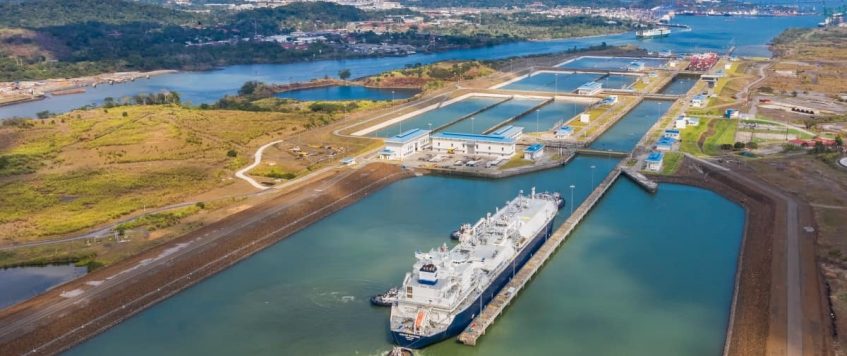-
29
Aug
Climate Crisis Strains Global Trade as Panama Canal Drought Leads to Severe Delays
A severe drought in Panama has thrown a wrench into the gears of global commerce, as reduced water levels at the Panama Canal have led to extended delays and restrictions on the passage of commercial vessels. The bottleneck is already sending shockwaves through global supply chains, affecting industries ranging from retail to energy.
The Crisis at Hand
The Panama Canal Authority (ACP), responsible for managing the vital trading route, announced that the severity of the current drought had “no historical precedence,” eclipsing even the significant drought experienced in 2019-20. The state-owned organization has had to impose stringent measures, limiting the number of vessels that can pass through the canal each day from the usual 36 to just 32. They have also imposed restrictions on the maximum permitted depth of ships.As a result, around 140 vessels were reported to be near the canal as of today, according to live maritime tracking websites—a sharp increase from the approximately 90 ships generally seen during the rainy season.
Impact on Global Trade
The Panama Canal is a preferred choice for many shippers, including large retailers and energy companies trading between Asia and the United States, due to the time and cost advantages it typically offers. However, the current logjam is forcing companies to scramble for alternative routes.Peter Sand, the chief analyst at Xeneta, a freight market analytics firm, warns that the situation could push short-term shipping rates higher and “prompt shippers to alter their supply chains.”
Measures in Place
The ACP temporarily amended its reservation rules to permit more ships without a booking to transit the canal, an arrangement set to last until end of August. Ricaurte Vasquez Morales, the Panama Canal administrator, said they were striving for transparent dialogue and close collaboration with shipping lines and stakeholders.However, weather-related problems have been building at the canal for some time. The ACP has pledged to conserve water during the rainy months, although it acknowledges that some economic impact is inevitable. The recurrence of the El Niño weather pattern has further complicated matters, making Panama and its surrounding regions warmer and drier.
Europe’s Own Crisis
It’s not just Panama feeling the heat. Concerns are also mounting over the impact of dry weather on the Rhine in Germany, one of Europe’s essential shipping routes. In recent months, water levels measured at particularly narrow points, like Kaub west of Frankfurt, have been lower than usual. Analysts fear that a repeat of 2022, when some larger vessels were forced to reduce their loads to navigate the river, could dampen growth in Europe’s largest economy.Conclusions
The ongoing crisis at the Panama Canal serves as a poignant reminder of how the climate crisis is far more than an environmental issue—it’s an immediate threat to global commerce and stability. With weather patterns becoming increasingly unpredictable, industries worldwide may need to rethink their logistics and contingency plans to adapt to a new, more volatile normal.

